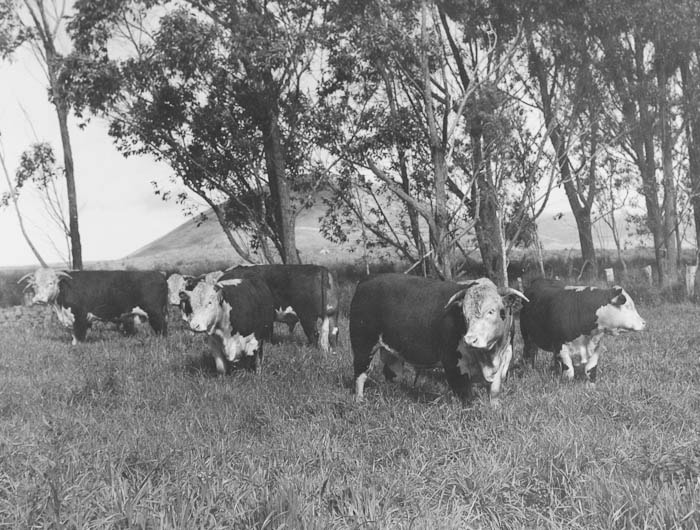History
|
While carrying out research based on using the soils and ecosystems of Hawaii as models to understand how the world works, Peter Vitousek and colleagues had the opportunity to collaborate with archaeologists studying the rain-fed Leeward Kohala Field System, a 25 square mile area that was once farmed intensively by Hawaiians – and that in many places still retains the imprint of Hawaiian agricultural practices. Together they developed an understanding of why the systems were developed almost exclusively on Hawaii and Maui, and only on parts of those islands; together, they studied the Hawaiian populations that lived in Leeward Kohala and how their societies functioned , and reported results of that research in a number of publications.
|
However, for all of that research, they did not understand HOW rain-fed agricultural systems worked – how people actually grew crops, and how they sustained the productivity of that land for centuries under conditions where most people world-wide practiced much less efficient slash-and-burn agriculture.


